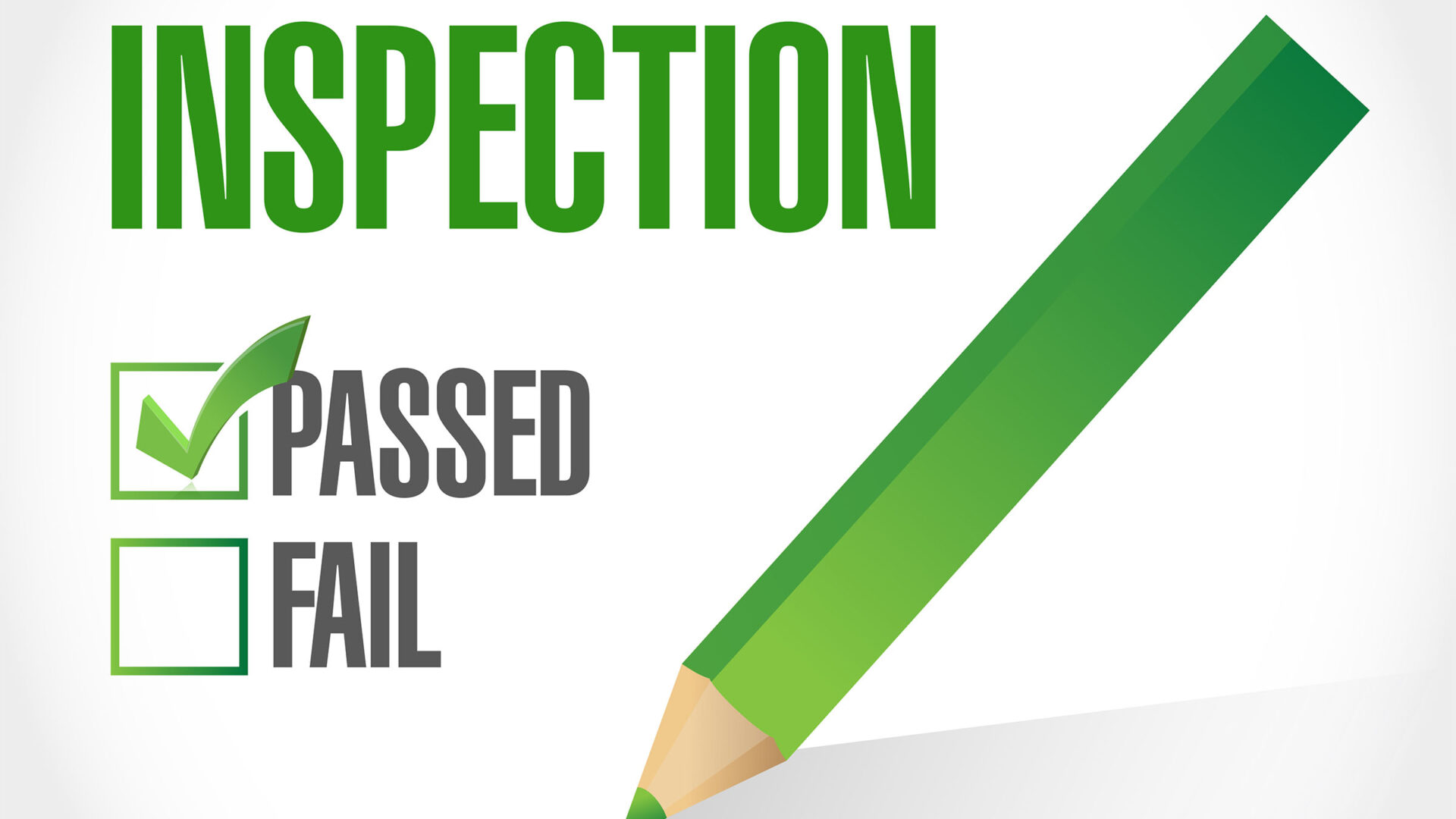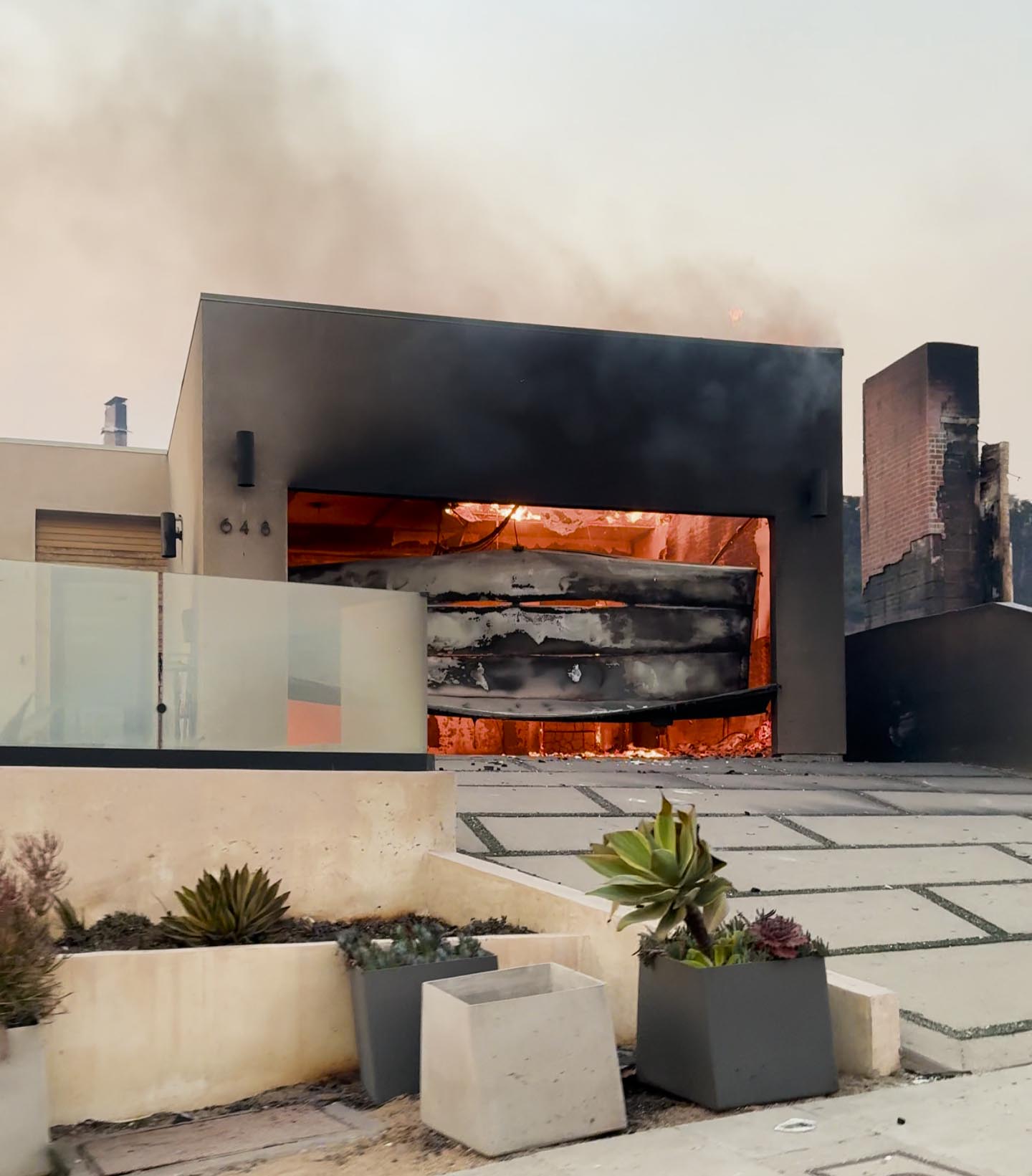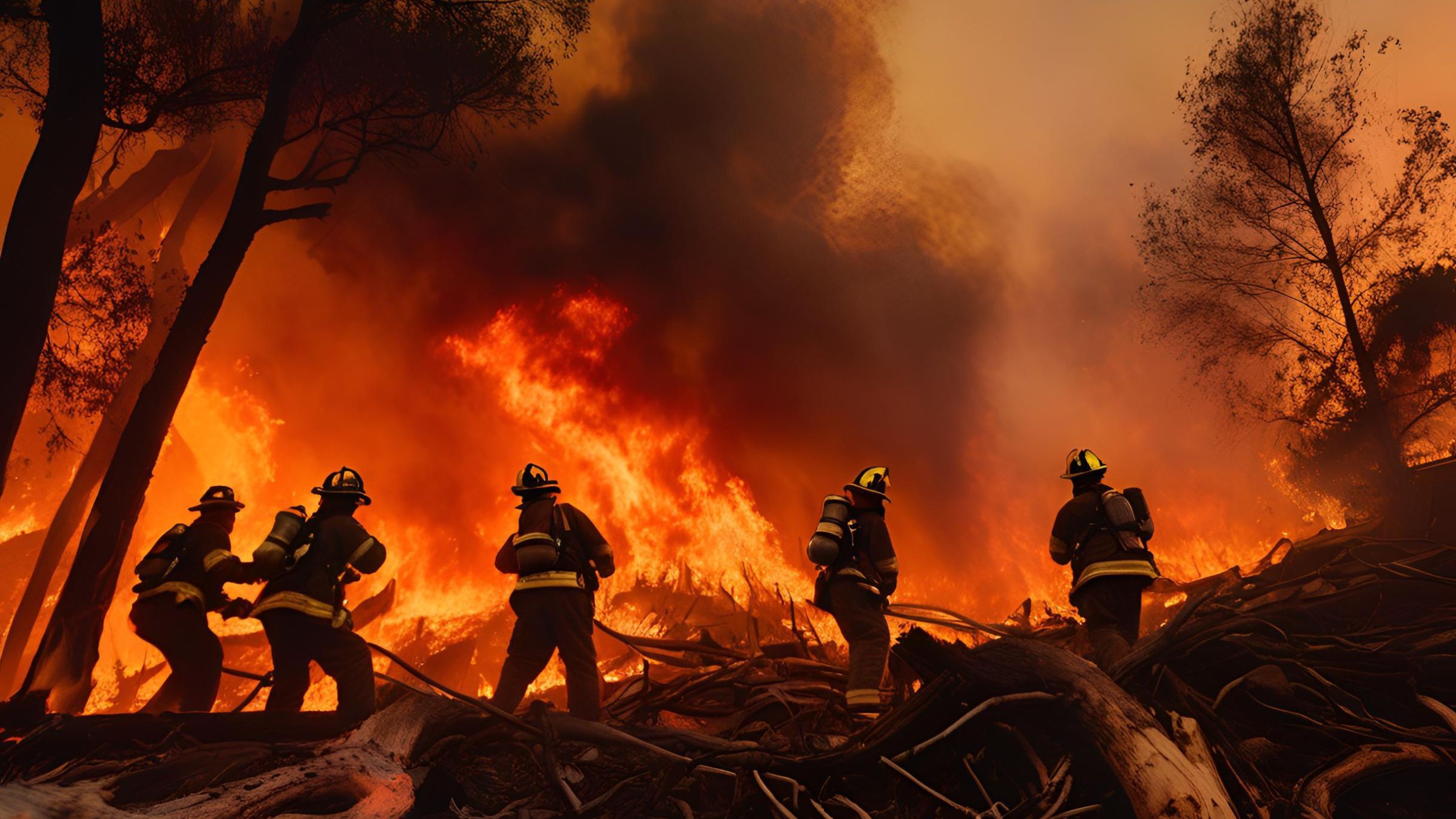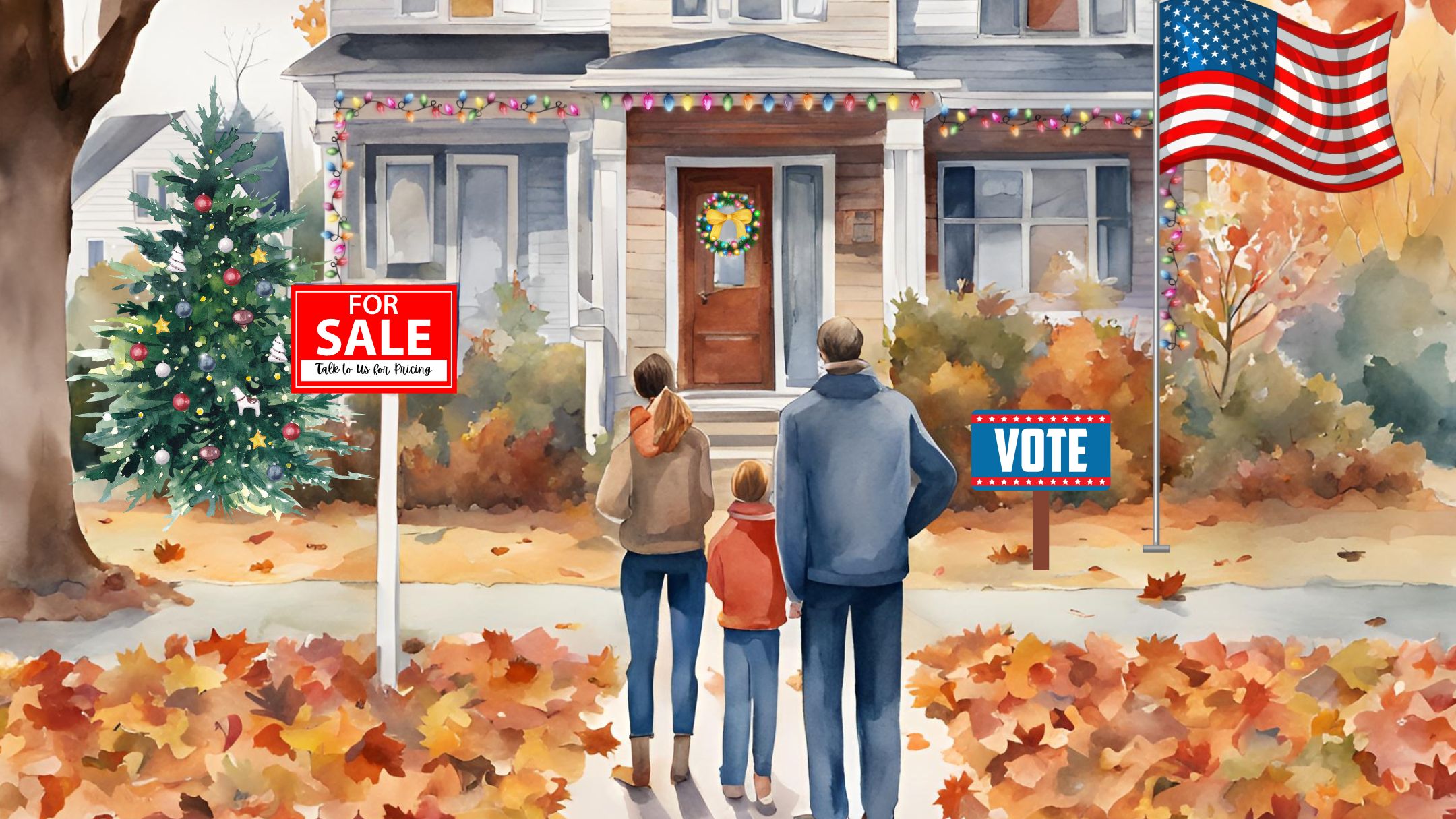Frequently they discover previously unknown conditions during this period and ask the seller to either repair or replace some things, or to give them a credit (sometimes substantial) before they agree to remove contingencies.
Well-Maintained Homes Still have Issues
Even in homes that have been well-maintained, there may be several conditions that are unknown to an owner. One of the greatest benefits of having a professional “pre” inspection done before the home is on the market and any prospective buyers see the property is that the seller has the opportunity to do some repairs in advance if they choose.
Another benefit is that the buyer has fewer unknowns to worry about or that can become subjects of serious concern during escrow.
Common Pre-Inspection Examples
The following are some examples of recent findings made during pre-inspections done by clients at our suggestion.
- Roots may have penetrated the sewer line and require a rooter-type clearance service once or twice annually. The original cast iron waste lines may have begun to rust out.
- Stains/water marks on the ceiling may be an indication of a leak situation or deteriorating roof.
- Air conditioning units may be missing a drip pan and/or secondary condensate backup line, which could lead to serious moisture issues.
- Galvanized steel pipes apparently have a life expectancy of about 50 years. Often they are replaced with copper piping only in sections that start to leak and may be improperly connected to the newer copper lines. Leaks may be on-going for many months before finally discovered.
- The wiring may be old and have reversed polarity or missing ground connections. Ground Fault Interrupter Circuits (GFCIs) may not have yet been installed.
- The chimney may have gaps between mortar joints and missing or ineffective rain cap or spark arrestor on top.
- Moisture may be under the house, due to several different sources. Some examples are: leaking pipes, rusted drain line, broken sprinkler pipe, over-watering, misdirection of water run-off toward the house, non-existent or inadequate gutters and downspouts, periodically high water table, and slope run-off from a neighboring property.
- Vent pipes for furnace or hot water heater may have inadequate clearance from flammable materials such as wood, or be partially disconnected.
- Wood fences may have termite or dry rot damage or be worn. Tree branches or roots may also impact them.
- Side gates may need self-closing hinges added for child safety if there is a pool.
- Pool equipment may not be electrically bonded or grounded properly. The piping or pool equipment may have leaks under the yard surface.
- Mold may be growing under a sink, behind a cabinet, or under carpeting. Water may be keeping some wood wet, which can quickly lead to mold or dry rot, and remediation of such issues can become very costly.
- Hardwood flooring may have uneven or stained areas that could have been caused by moisture problems.
- Doors and windows may not open or close easily. Occasionally, latches and locks need repair or replacement.
- A yard that is sloping toward the house may result in drainage issues during heavy rains.
To the extent that a buyer knows of such issues and conditions BEFORE MAKING AN OFFER, they cannot claim to have found as many surprises or unexpected problems during their property inspections. Therefore, the SELLER is far less likely to have challenges due to such issues.
Michael Edlen has been involved in more than 1,300 property inspections and has found that pre-inspections have resulted in a tremendous benefit to sellers in many transactions. He can be reached at (310) 230-7373 or Michael@MichaelEdlen.com.




